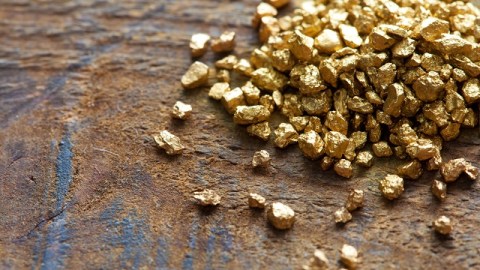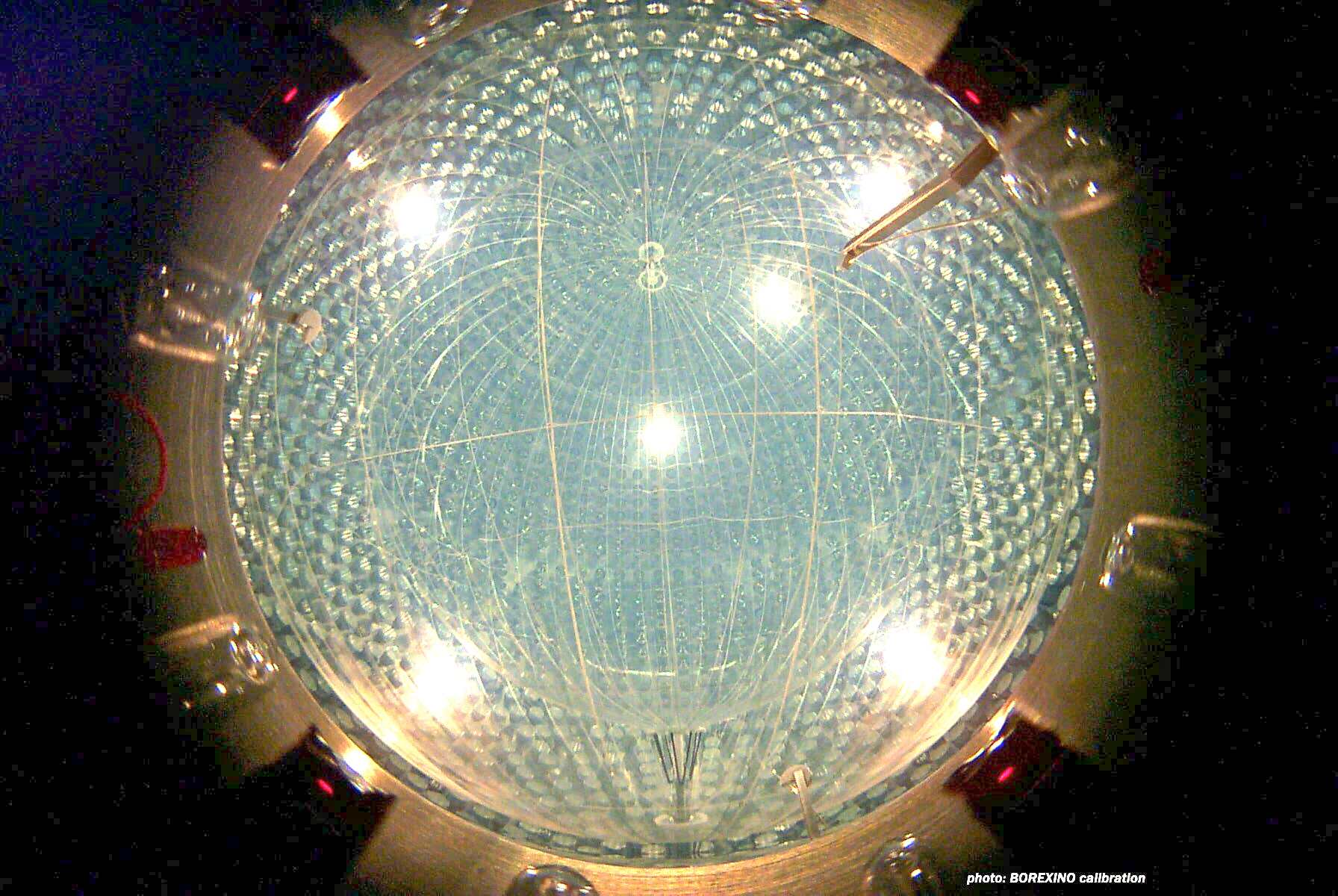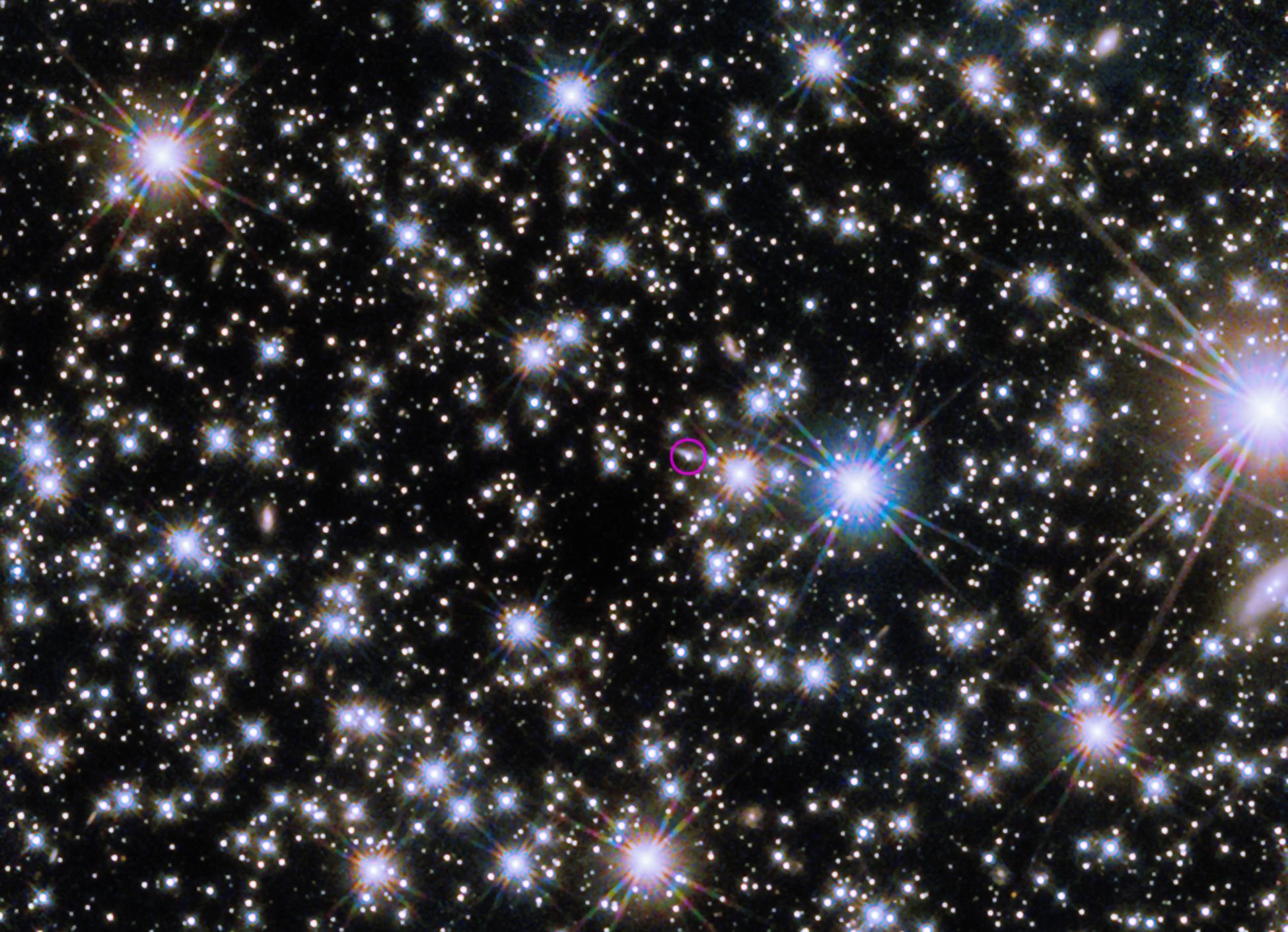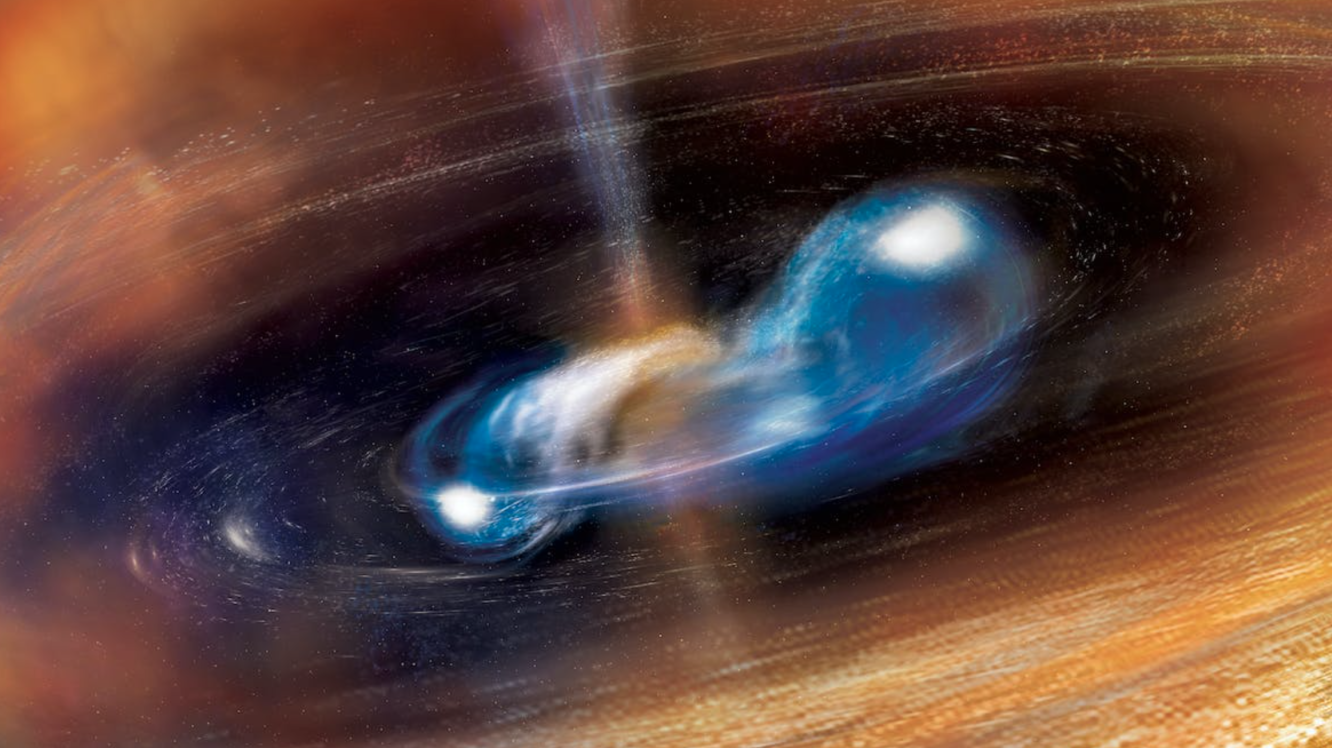Attention Alchemists: This Could Be How Gold Is Made

What’s the Latest Development?
Last month, NASA’s Swift satellite observed a short burst of gamma-ray photons from a galaxy nearly 4 billion light-years away. Such bursts are commonly associated with the collision of two neutron stars. After a week or so, Harvard astronomer Edo Berger and his team trained the Hubble Space Telescope on the same spot and saw an infrared glow that represented the decay of unstable radioactive elements produced by those neutrons that escaped the black hole caused by the stars’ collision. They claim that theoretically, those same neutrons may very well have produced massive amounts of stable heavy elements, including gold and lead.
What’s the Big Idea?
The sources of gold and other heavy metals have long been debated by scientists. One theory involved fast-moving neutrons and protons created in the wake of a supernova explosion that could convert lighter elements into heavier ones. However, computer simulations testing this theory resulted in smaller amounts of the elements than are seen in nature. Collisions of neutron stars would create more of these elements because of the “overabundance of neutrons” available, says Berger. He adds that the recently observed event may be the missing “smoking gun” favoring this theory.
Photo Credit: Shutterstock.com




